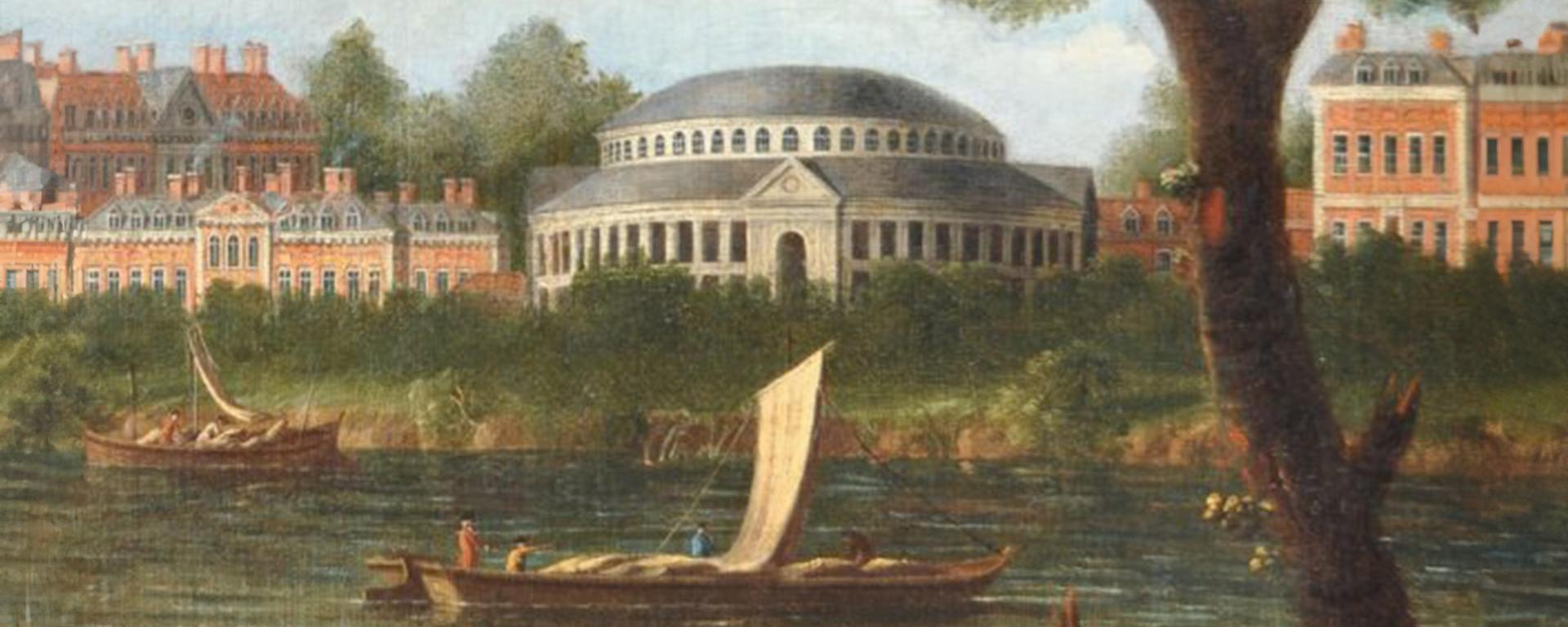Our History
The Royal Hospital Chelsea was established over 300 years ago, during the reign of King Charles II, to provide a home for soldiers "broken by age and war." In 1682, the King commissioned Sir Christopher Wren, one of Britain’s most celebrated architects, to design this sanctuary for veteran soldiers. The site chosen was in Chelsea, adjacent to the River Thames, where an earlier of Charles' projects, the huge but unfinished 'Chelsey College' stood. By 1692, the Royal Hospital opened its doors, welcoming the first 99 Chelsea Pensioners, and by the end of that year, several hundred veterans had made this their home.
Wren's design, inspired by the Hôtel des Invalides in Paris, initially featured Figure Court, which housed 412 veterans and their officers. As the need grew, Wren expanded his design to include Light Horse Court and College Court, ensuring the Royal Hospital could accommodate more residents. The Hospital’s early funding came from deductions from Army pay, which remained its main source of revenue until 1847.
Ranelagh Gardens and the Rotunda
Part of the Royal Hospital’s grounds was granted to Richard Jones, 1st Earl of Ranelagh, in 1698. He transformed the area into the Ranelagh Pleasure Gardens, which became a popular venue for entertainment, and included the Rotunda, a magnificent concert hall, where a young Mozart once performed to fashionable crowds.
The Gardens closed in 1803 and the Rotunda was demolished in 1805. Following the construction of the Embankment, the gardens were redesigned in the 1860s and still echo this vibrant past as a venue for shows and festivals.
Wartime Resilience
The Royal Hospital has endured significant challenges, particularly during the two World Wars. In the First World War, the Hospital suffered heavy damage, and during the Second World War, it was directly hit during the Blitz. The Soane Infirmary’s East Wing was destroyed by an aerial mine in 1941, resulting in the loss of lives, including four nurses and eight Chelsea Pensioners. The North East Wing was also severely damaged by a V2 rocket in 1945. Despite these incursions, the spirit of the Royal Hospital and its residents remained resolute.
Modern Era
In the post-War years, the Royal Hospital saw significant restoration and modernisation. The Chelsea Pensioner accommodation, known as 'berths', was enlarged in 1954-55 and again in 1991, to better meet the needs of its residents. The Margaret Thatcher Infirmary, a state-of-the-art care home and hospice, opened in 2009, further enhancing the level of care provided.
The Royal Hospital’s historic buildings, such as the Great Hall and the Long Wards, have been meticulously restored. The Great Hall, with its impressive mural painting of Charles II on horseback, and Wren’s original Figure Court remain central to the Royal Hospital’s identity. Today, the Royal Hospital Chelsea continues to serve as a living monument to the nation’s gratitude, providing a home, care, and community to the veterans who have served their country.

